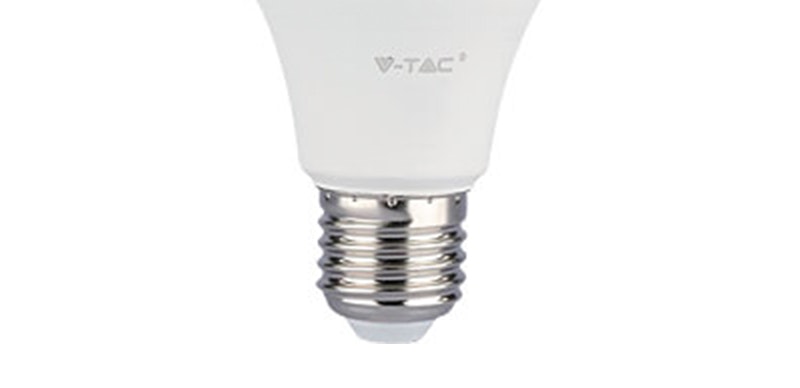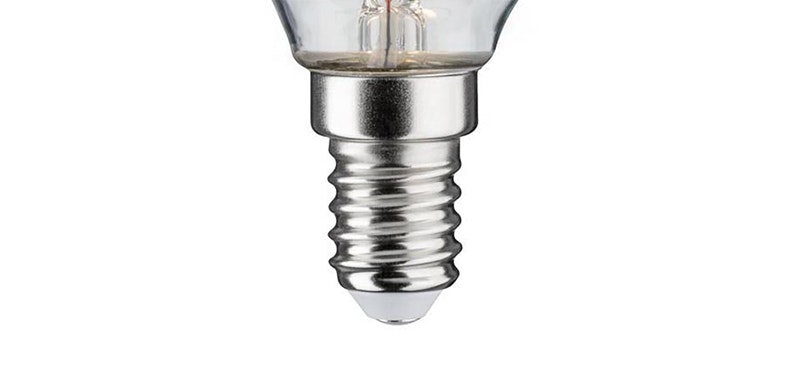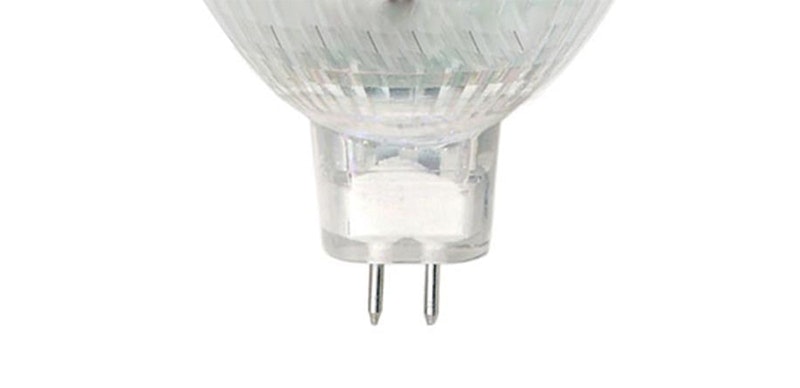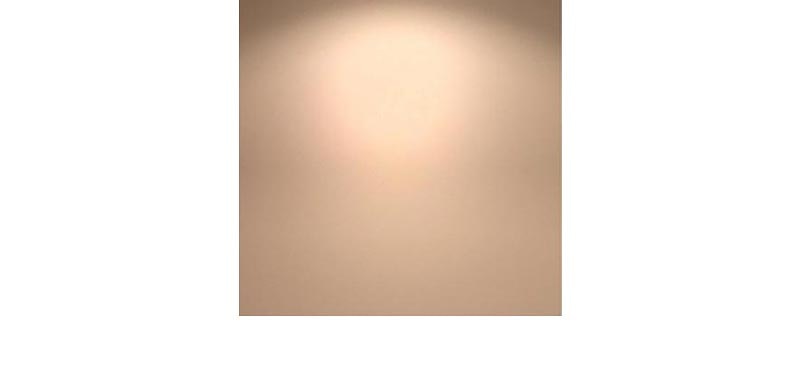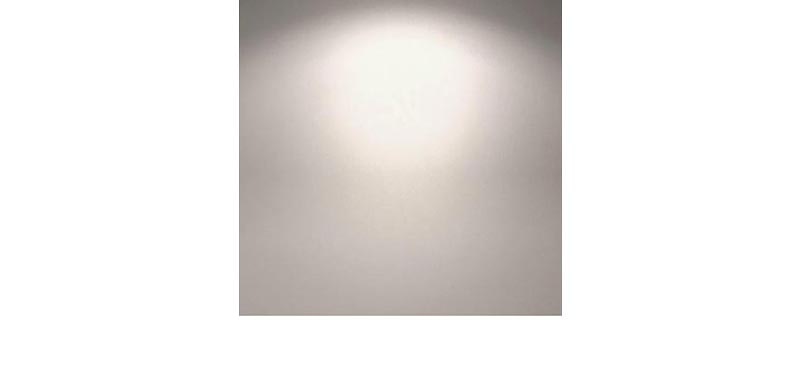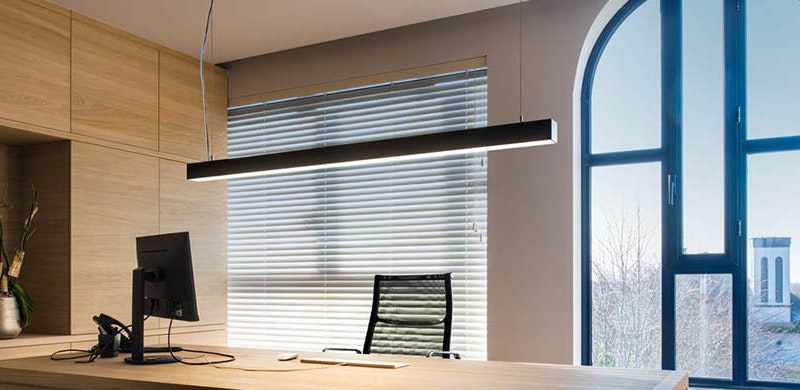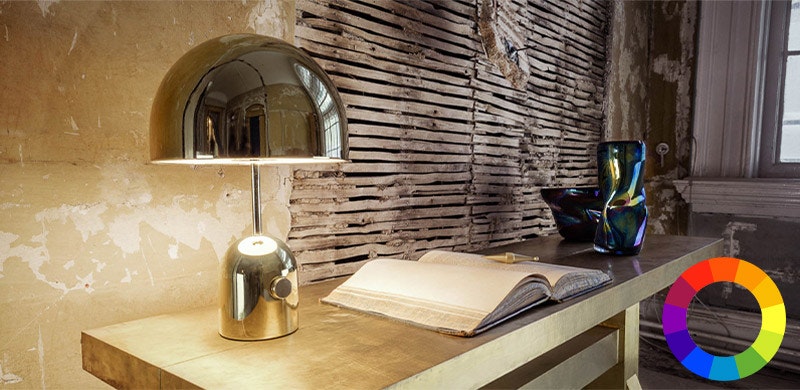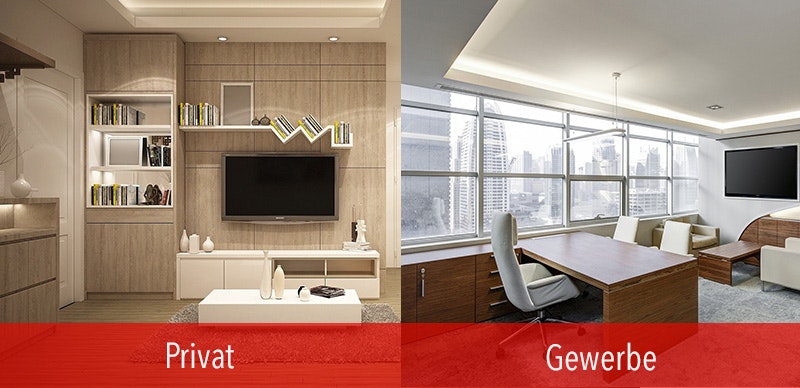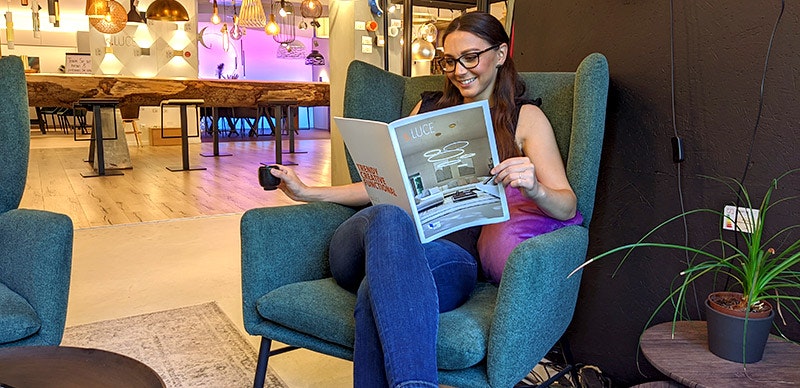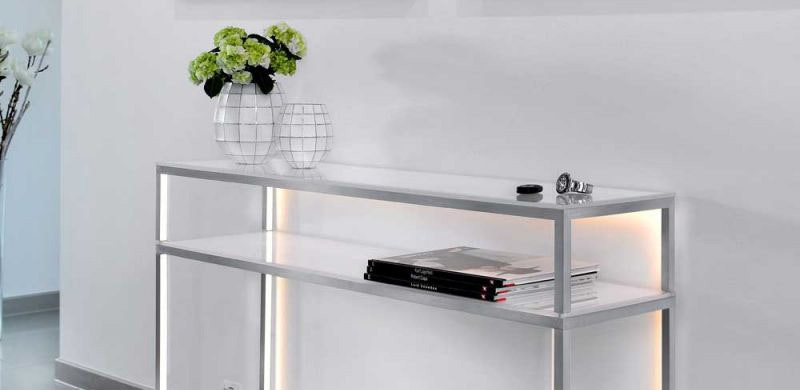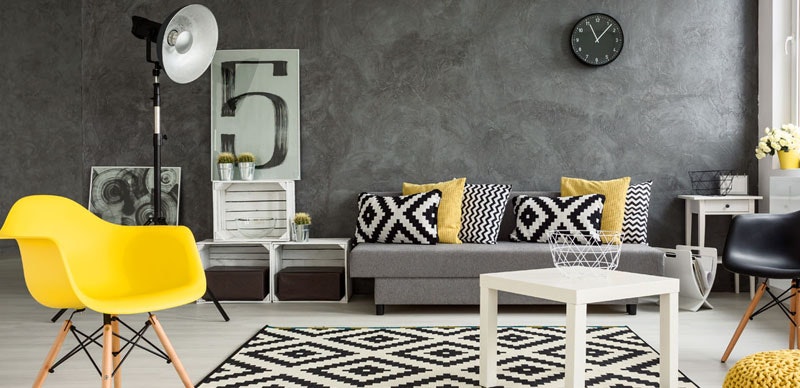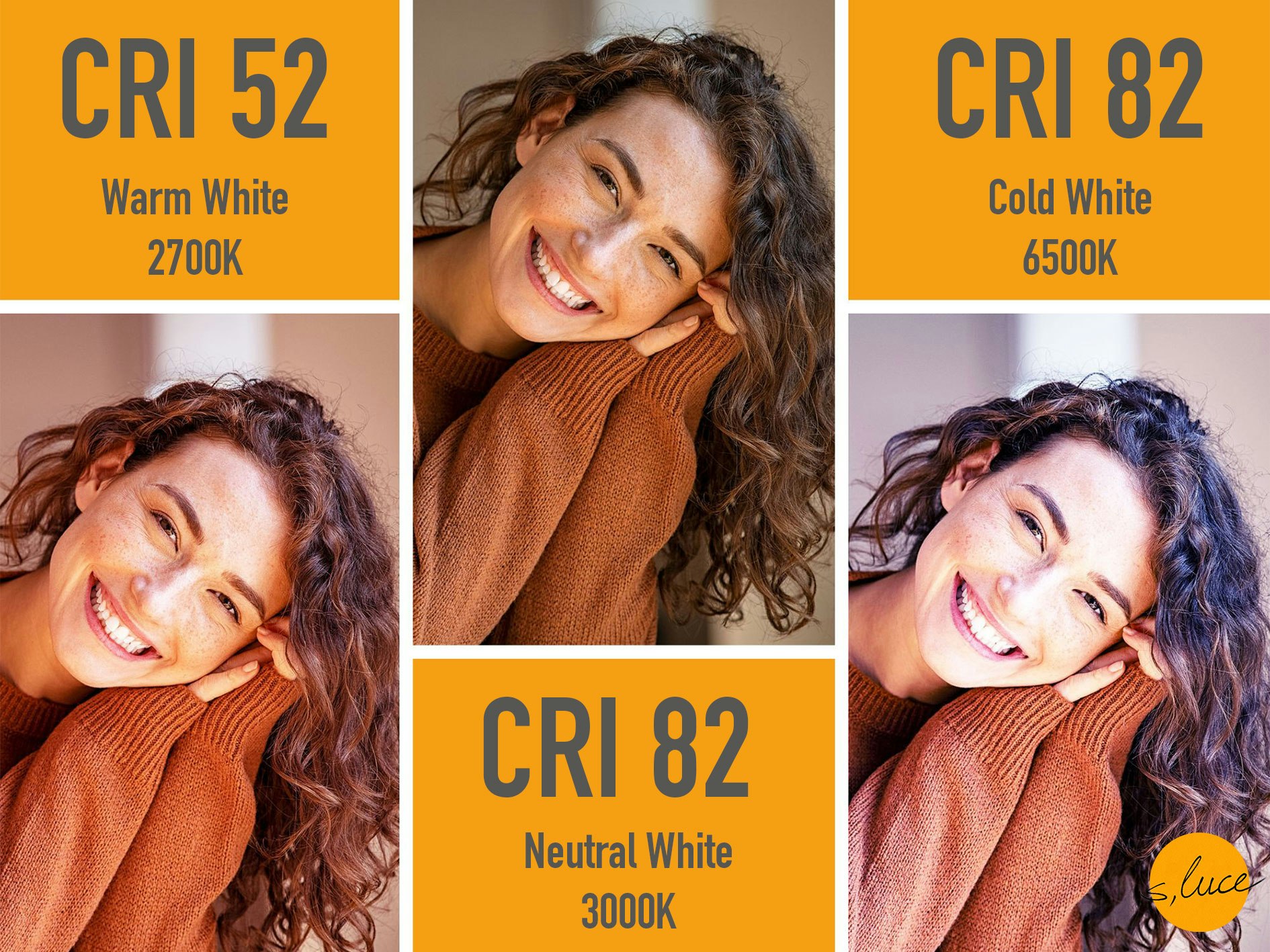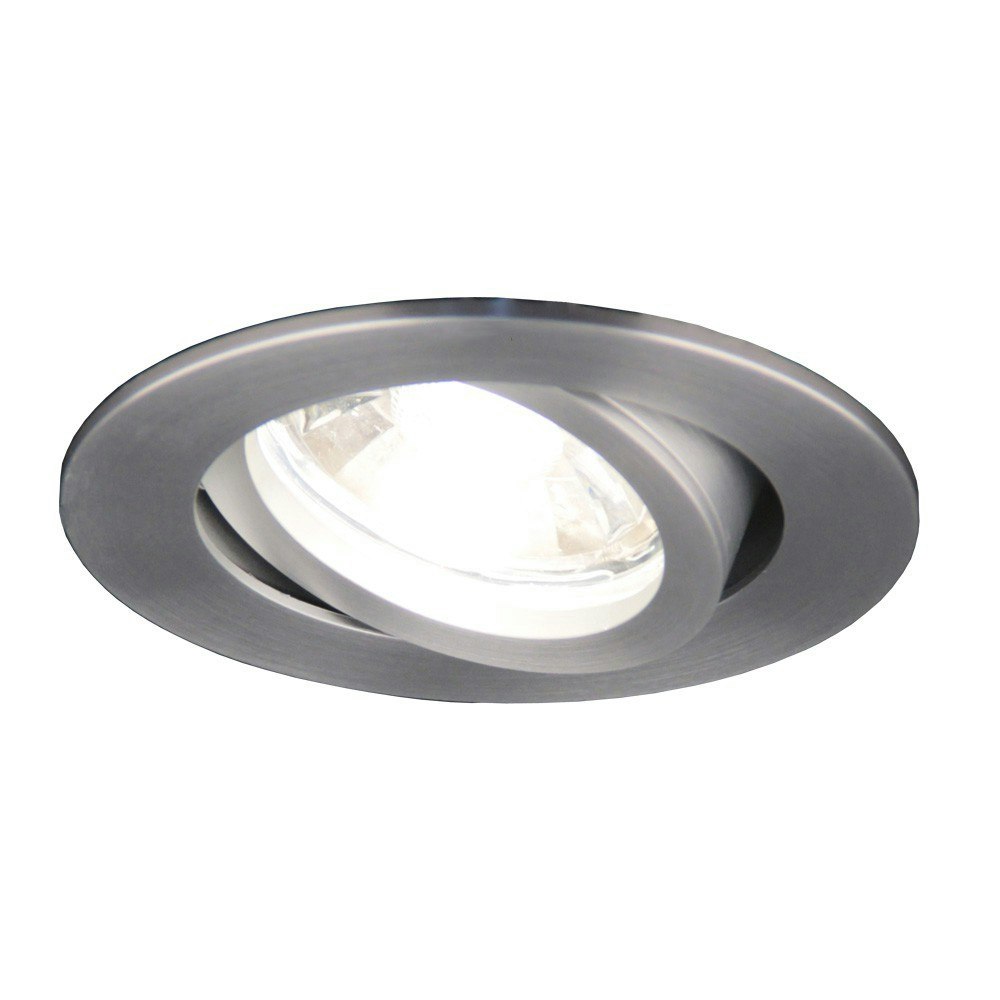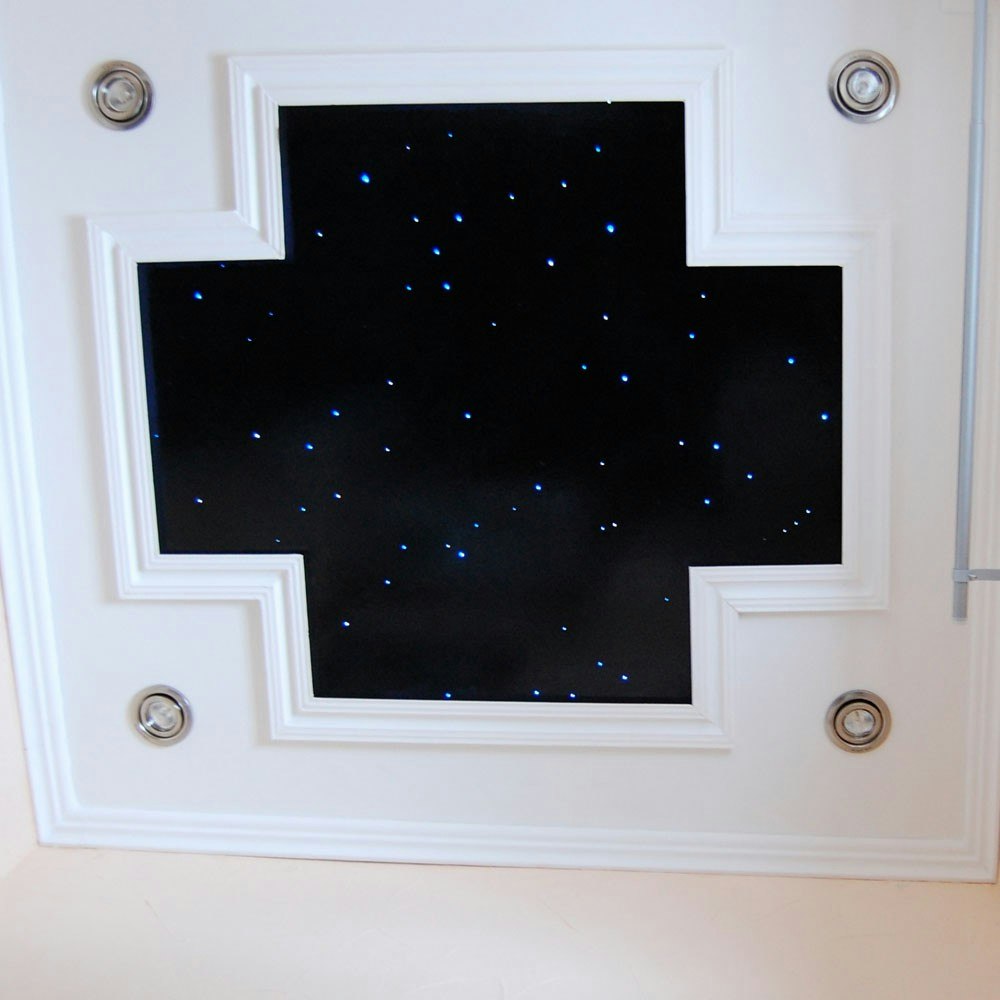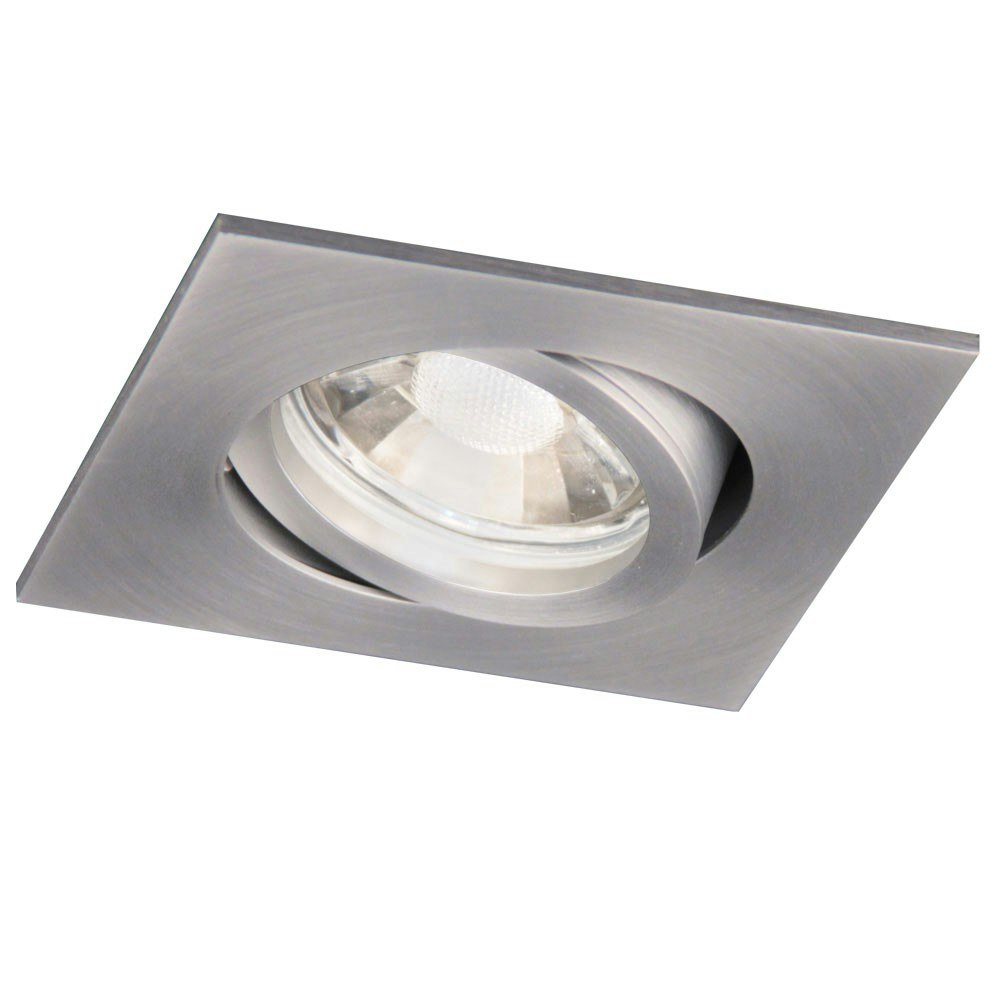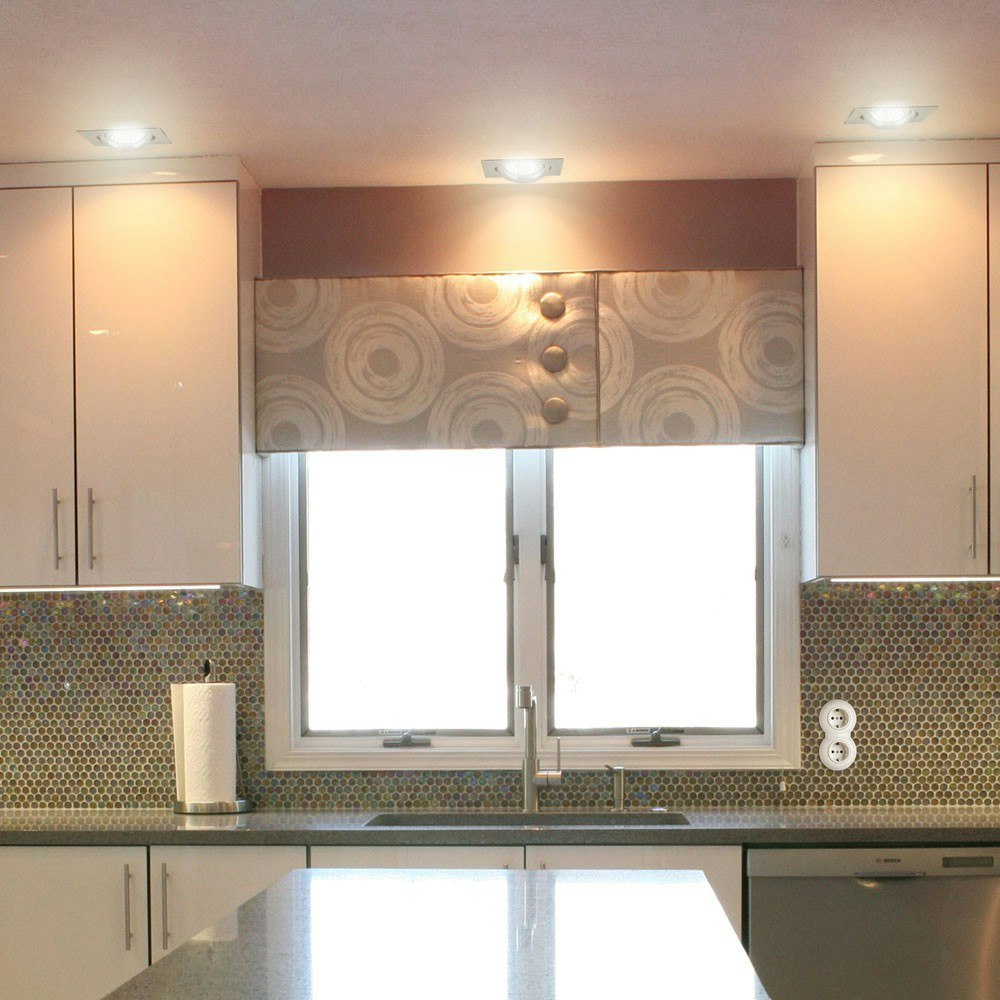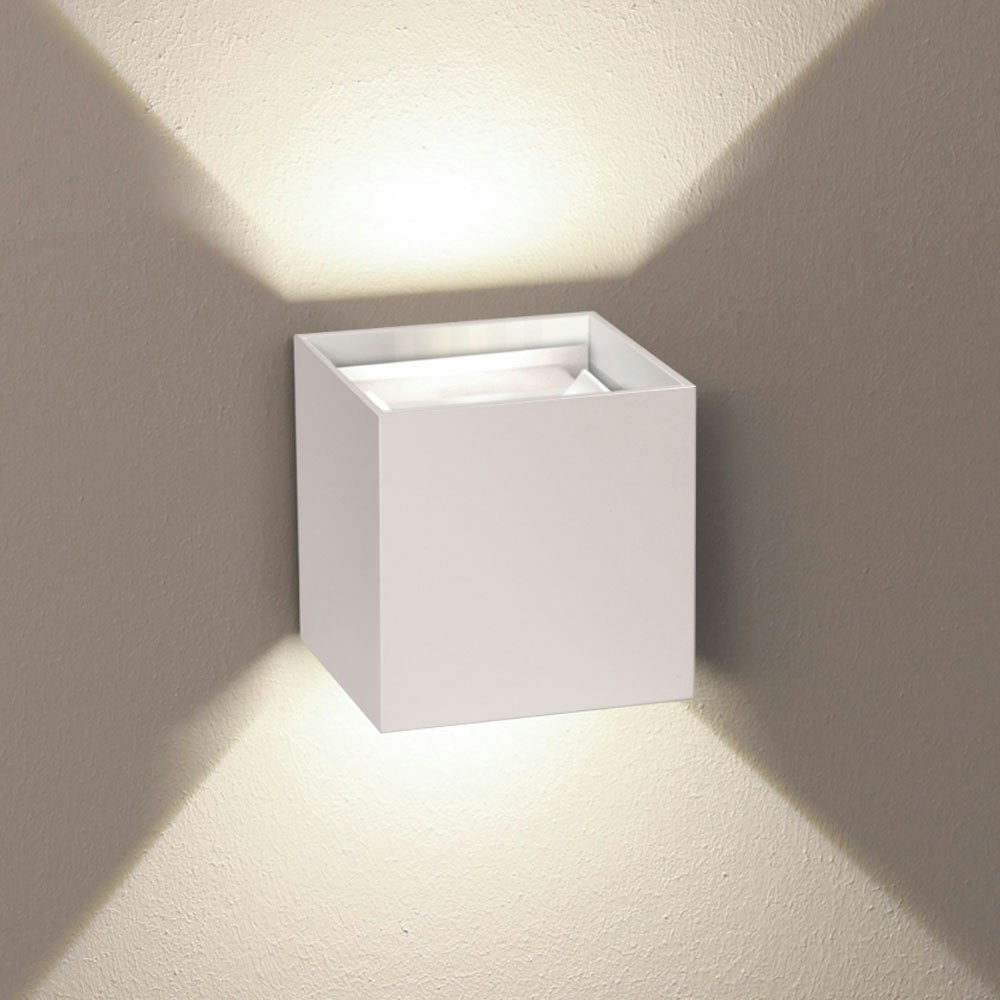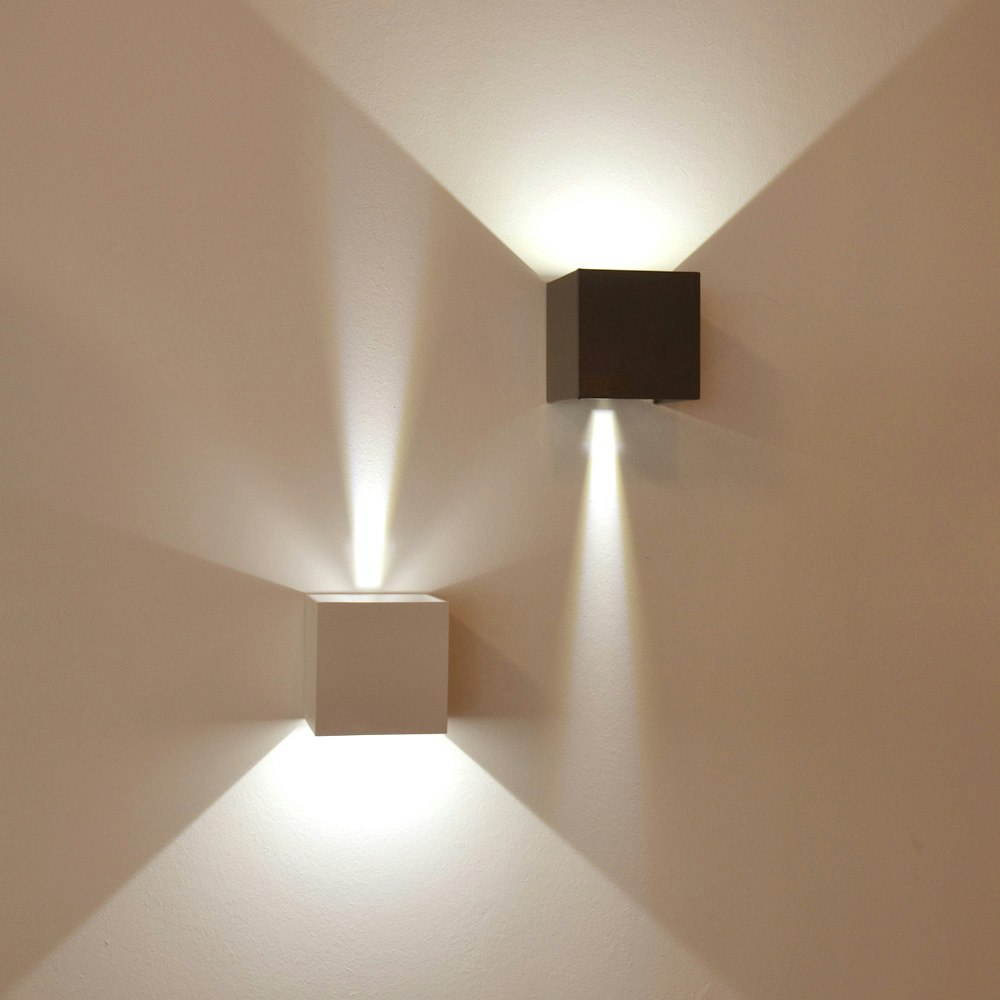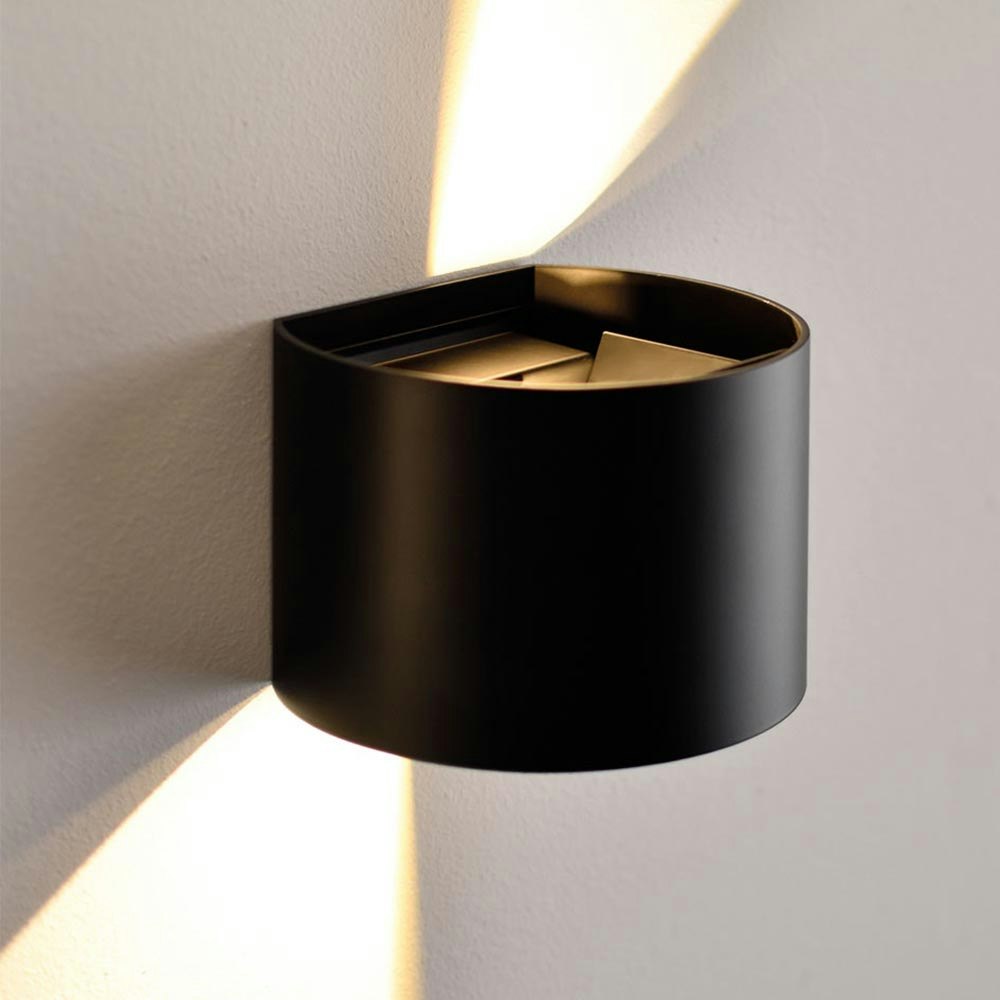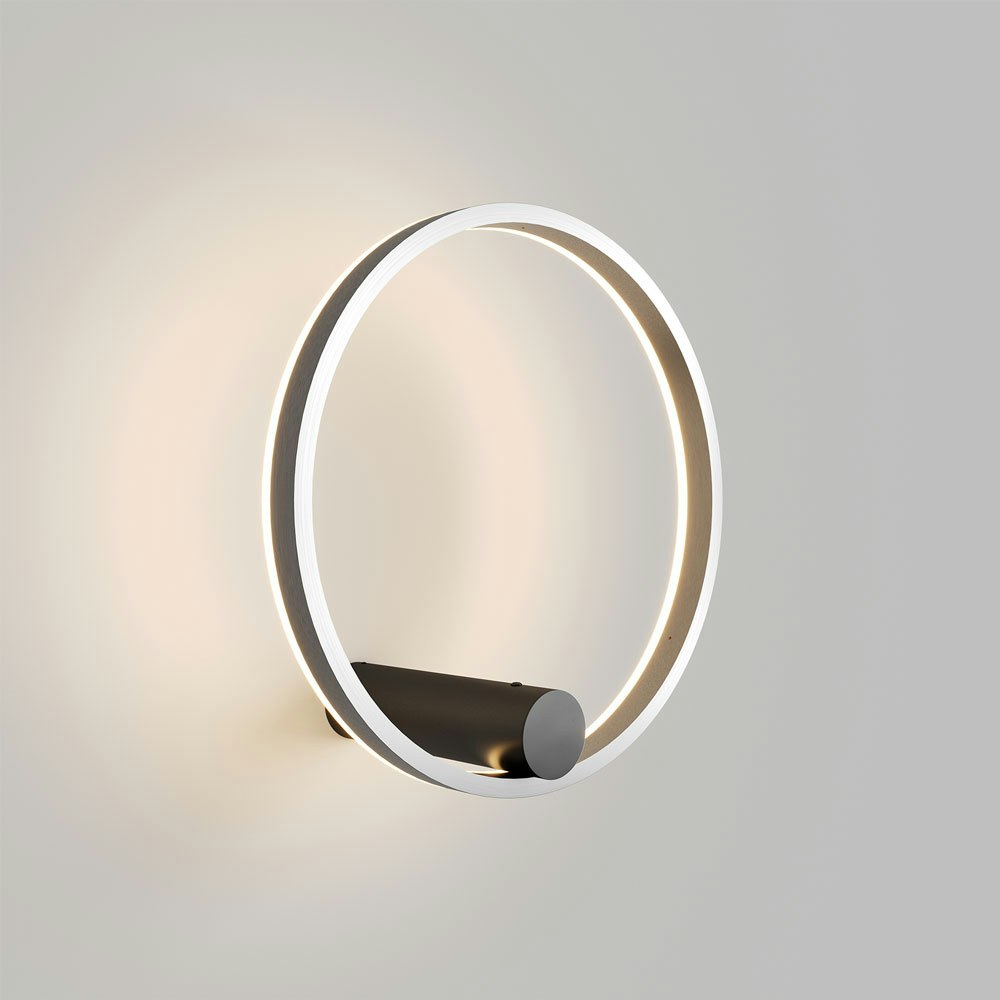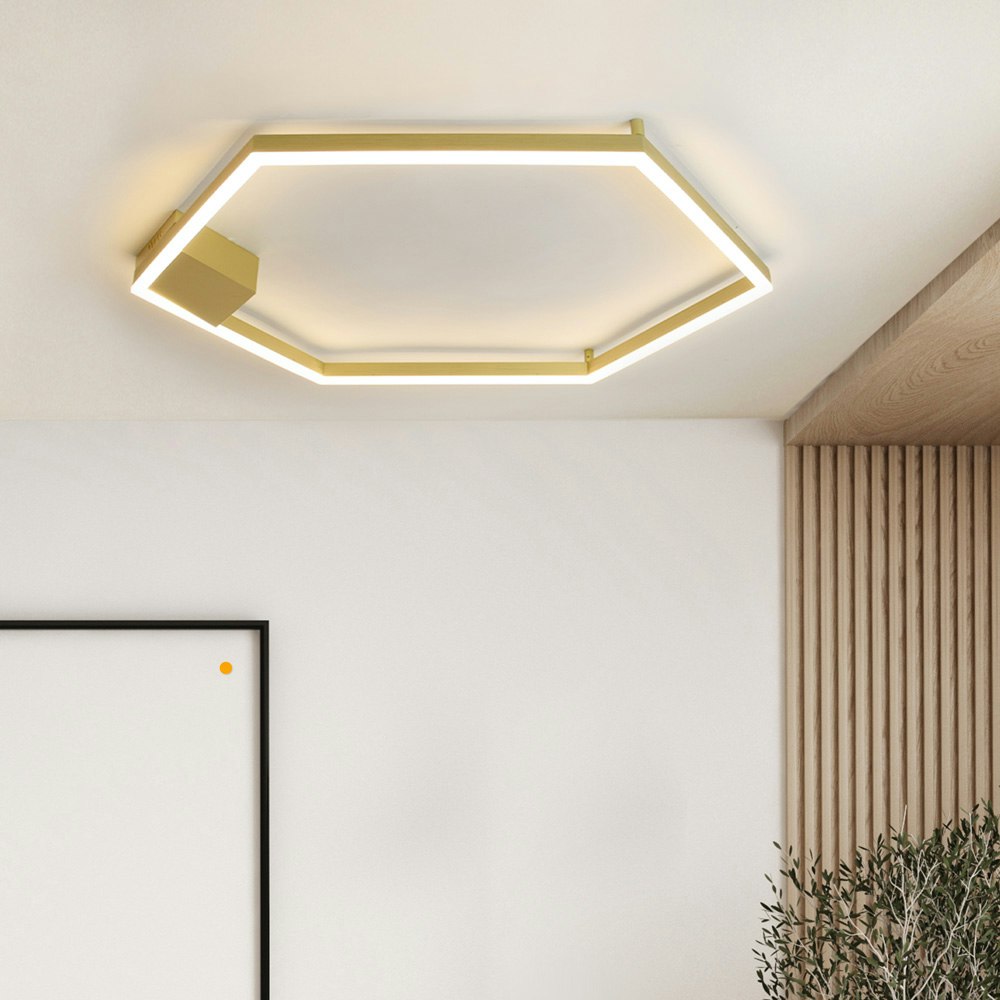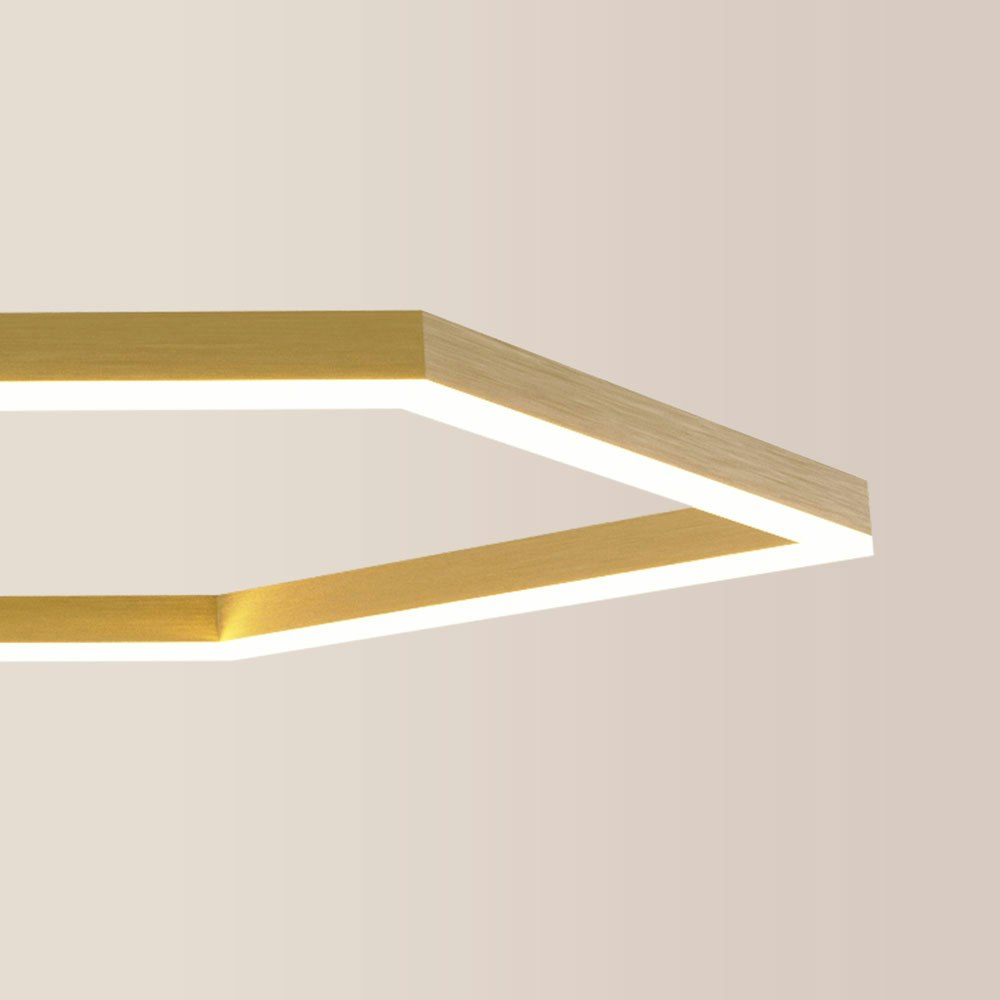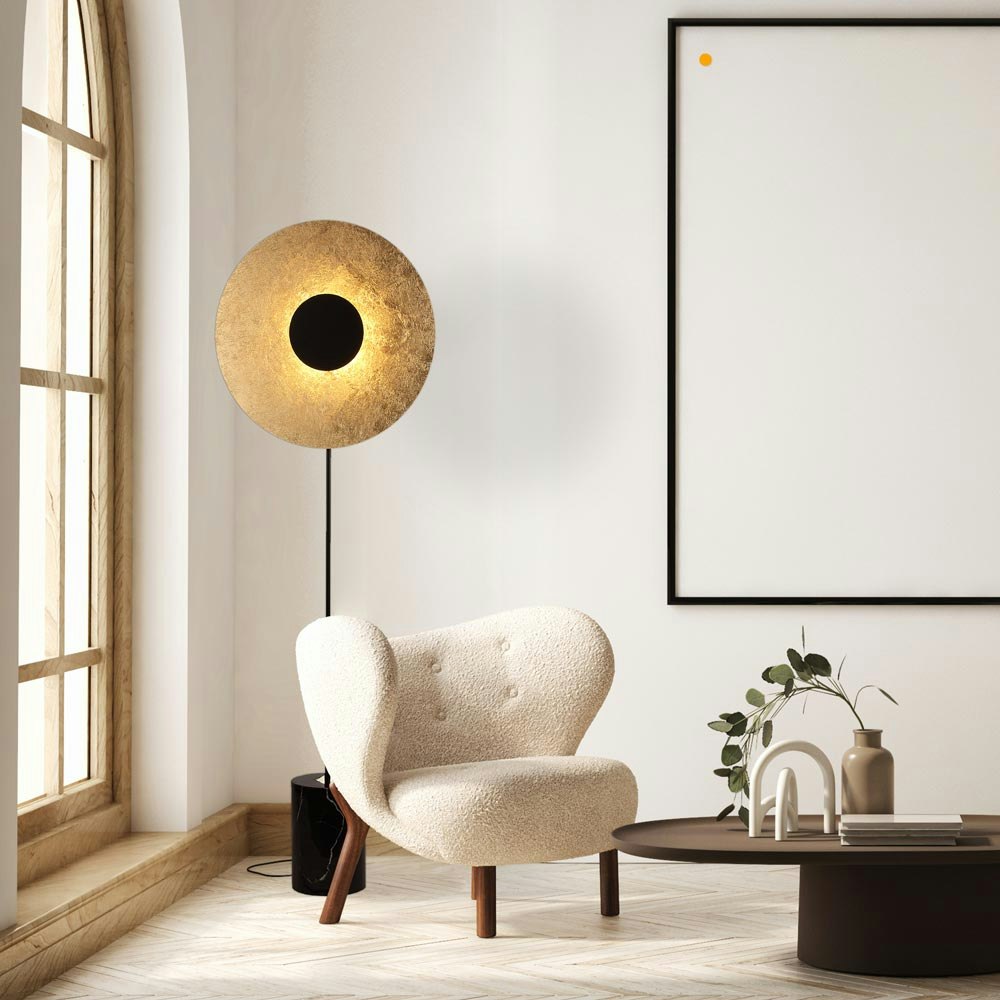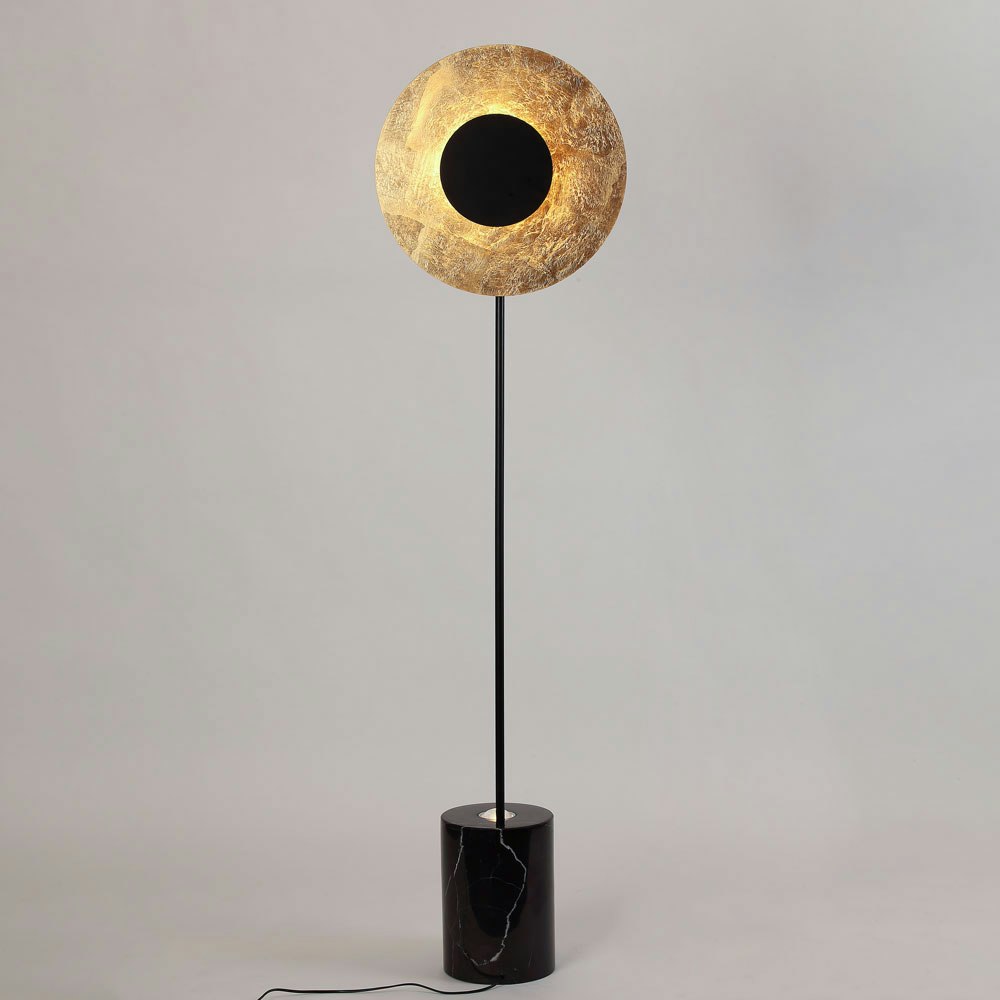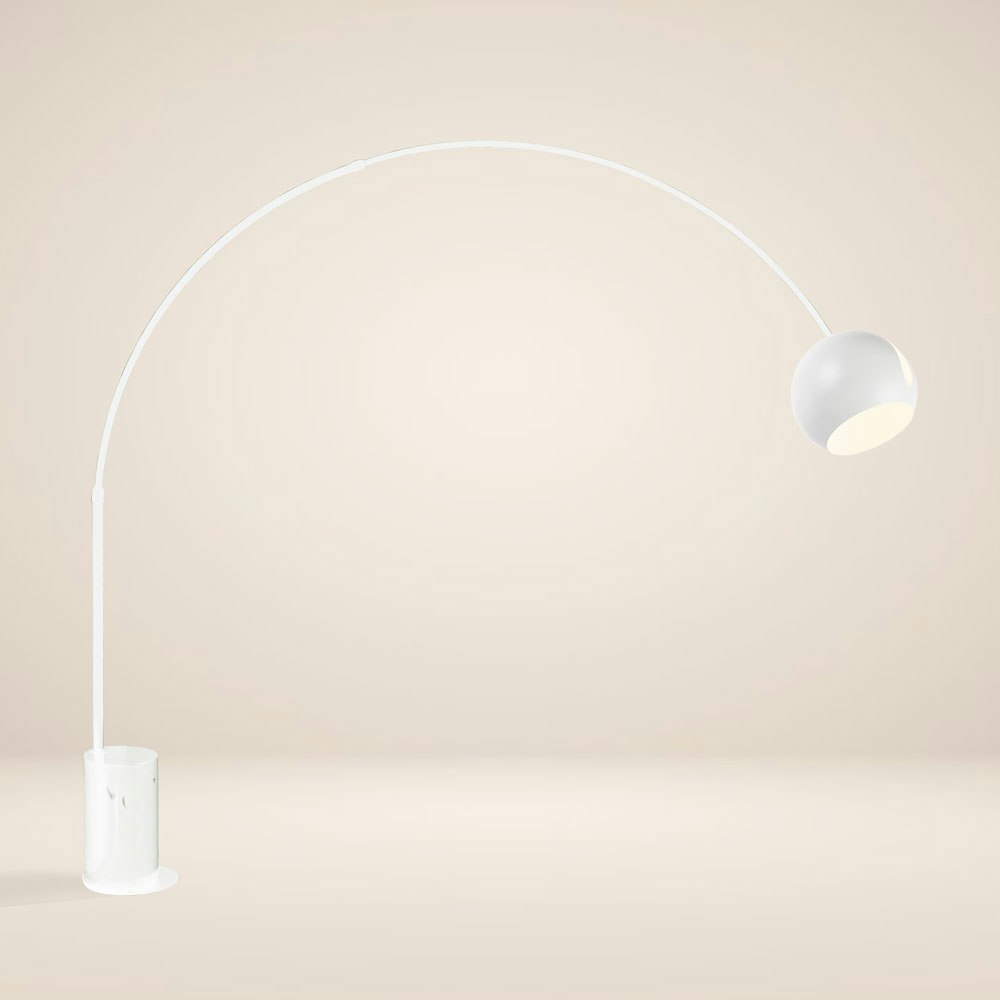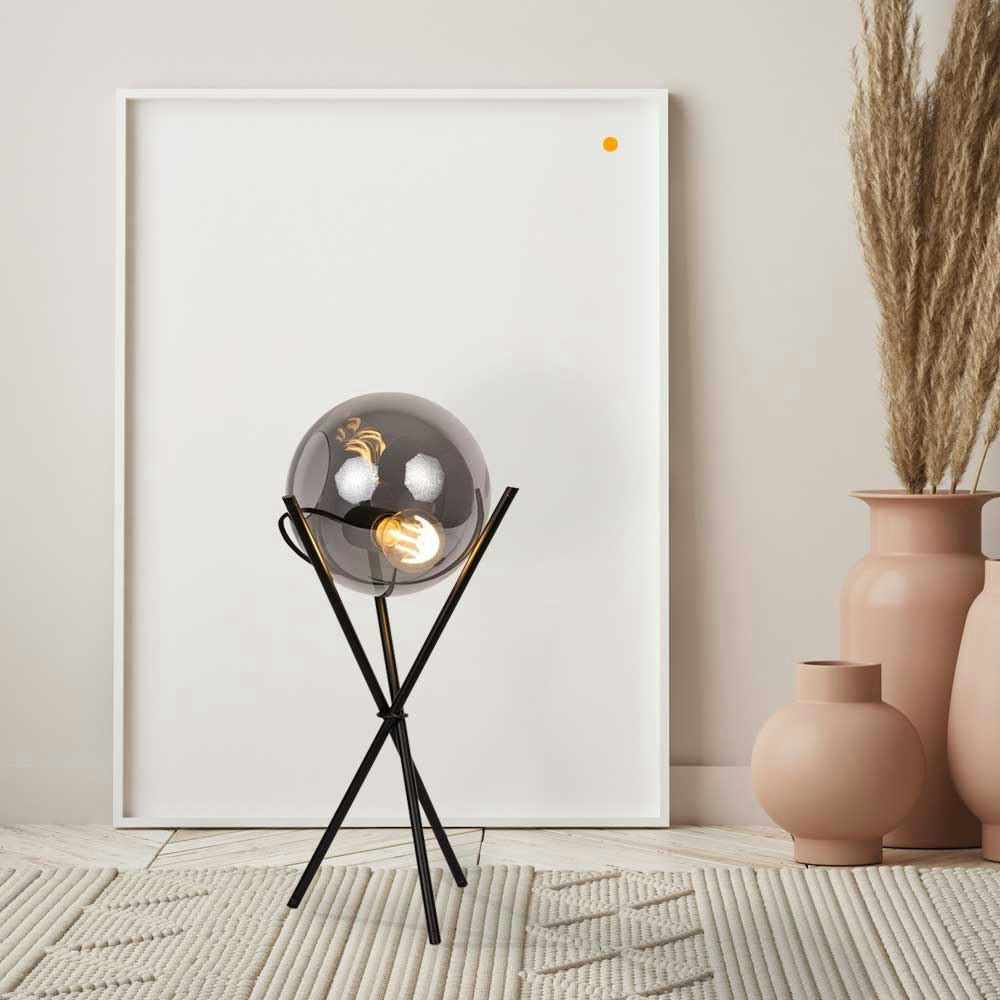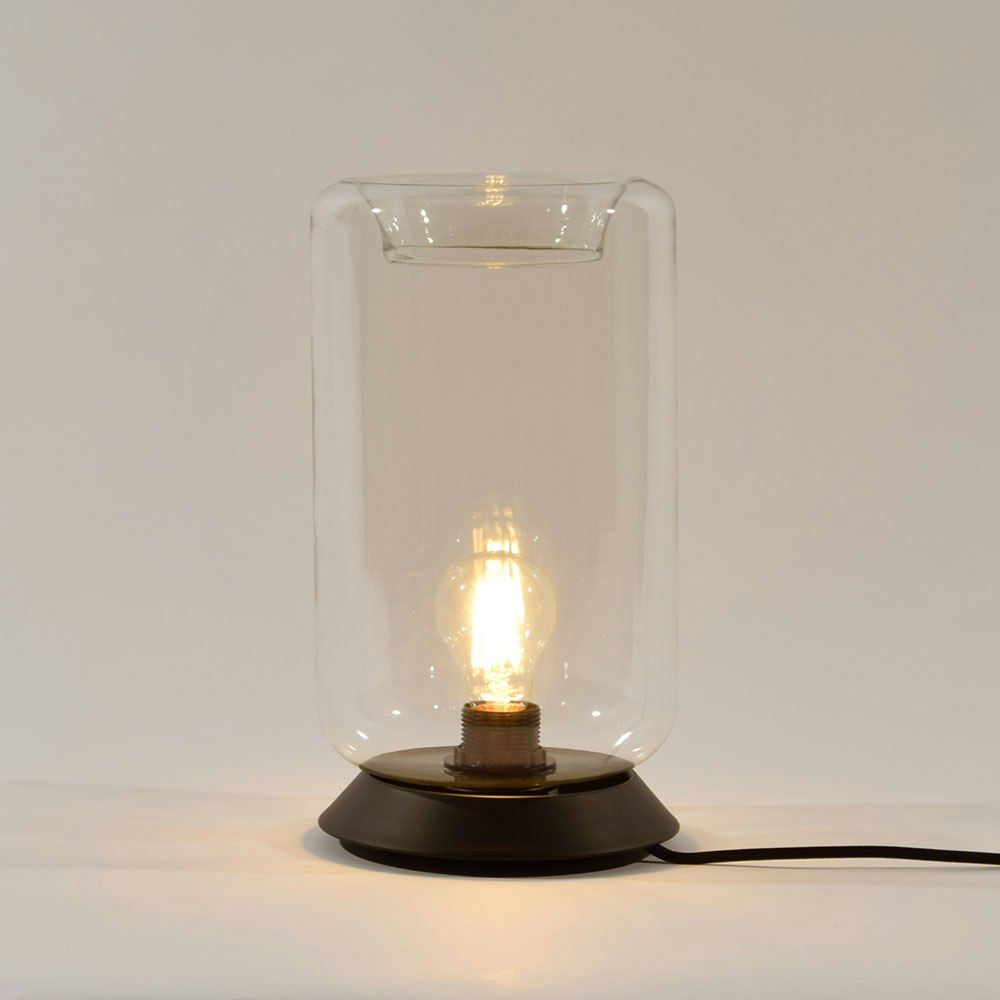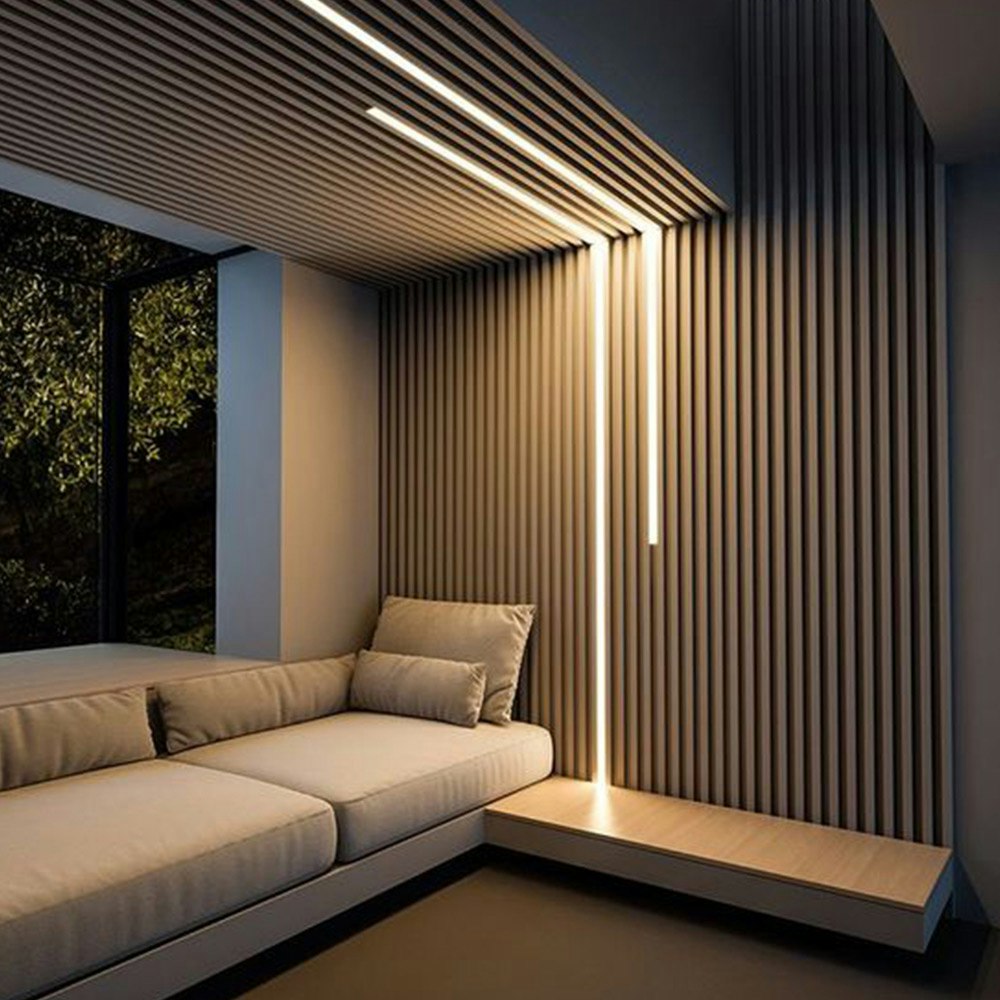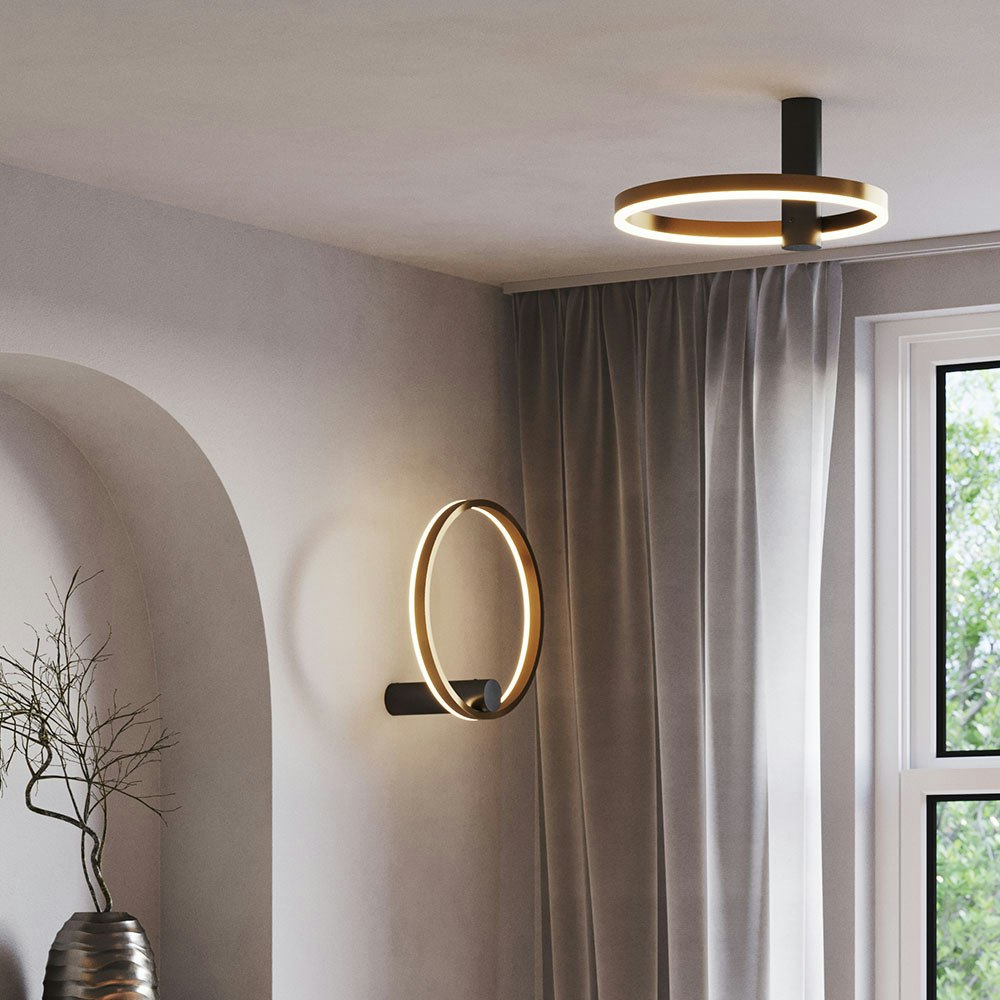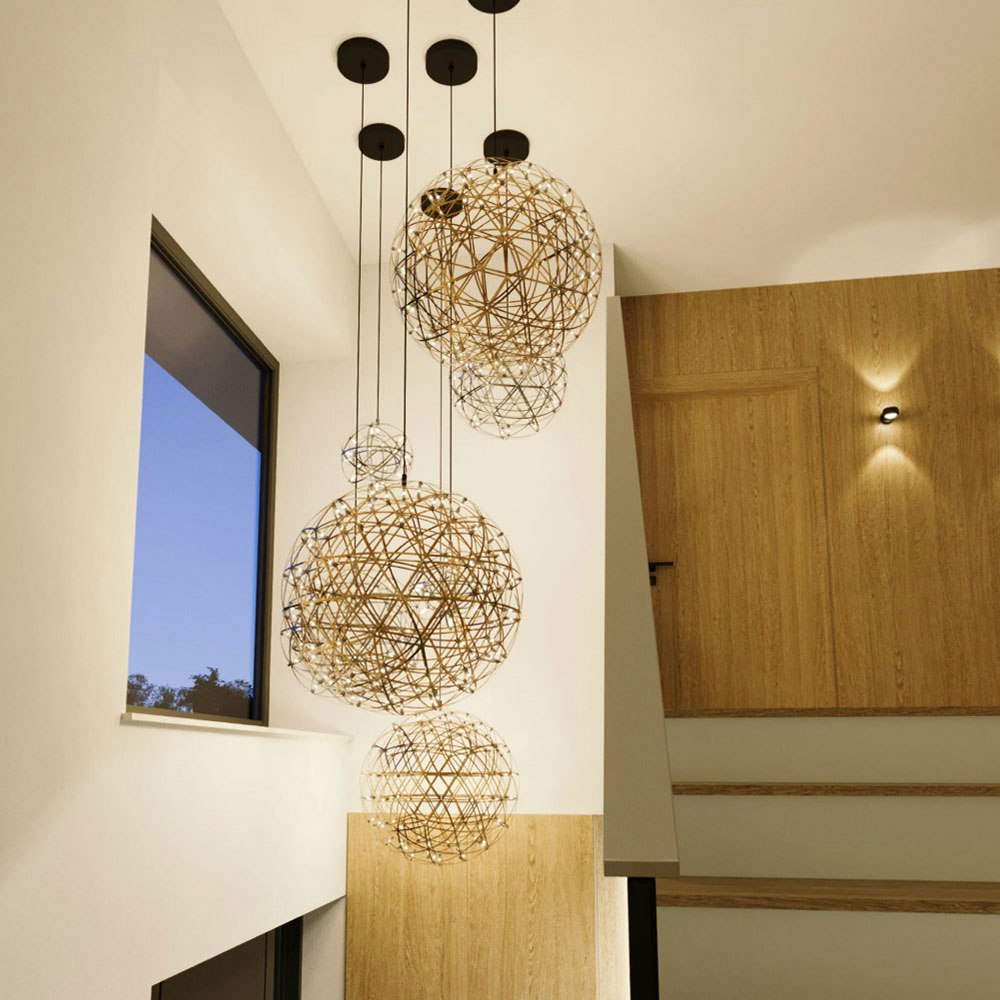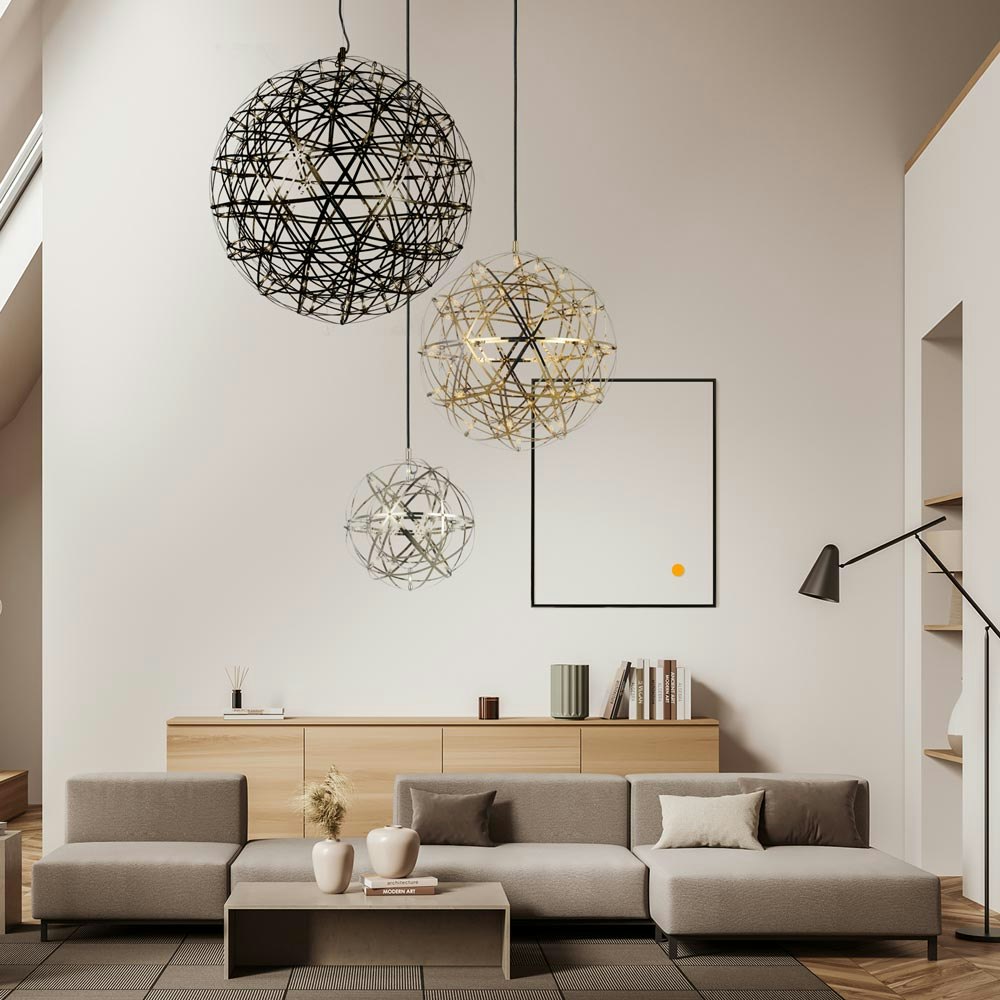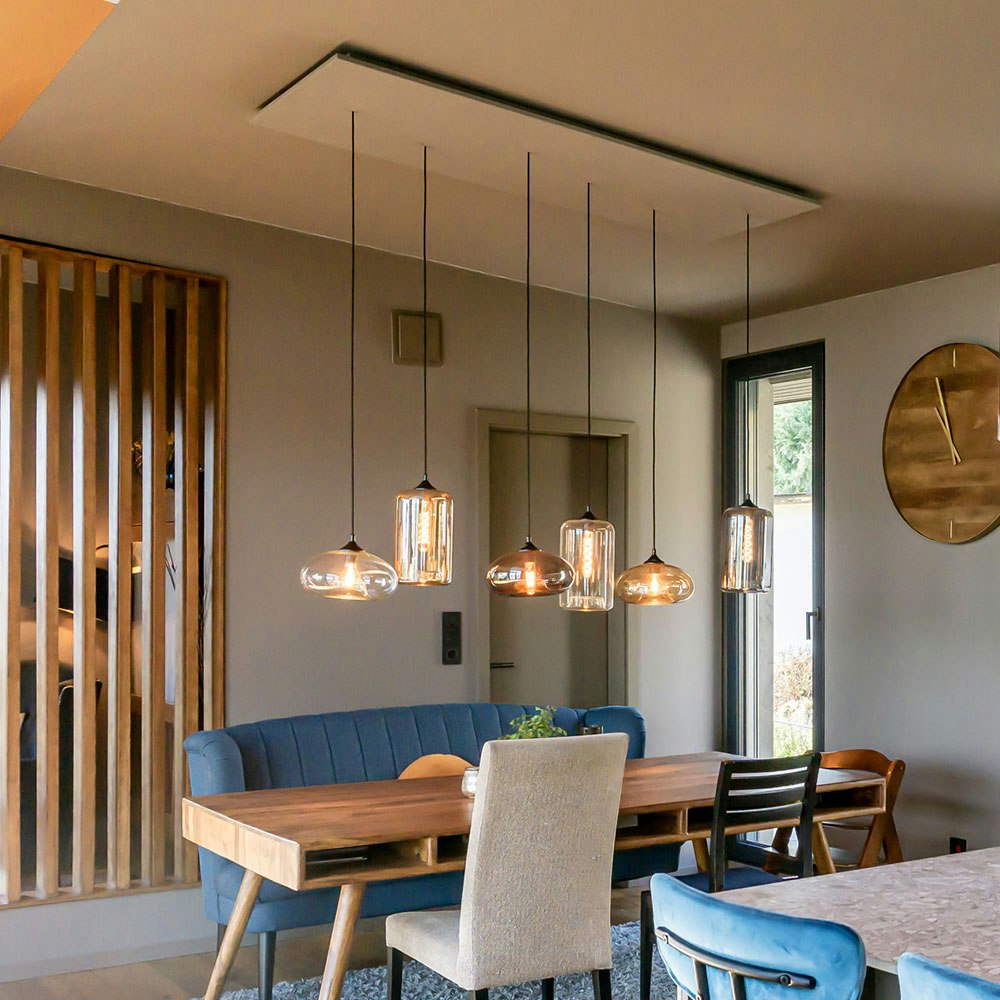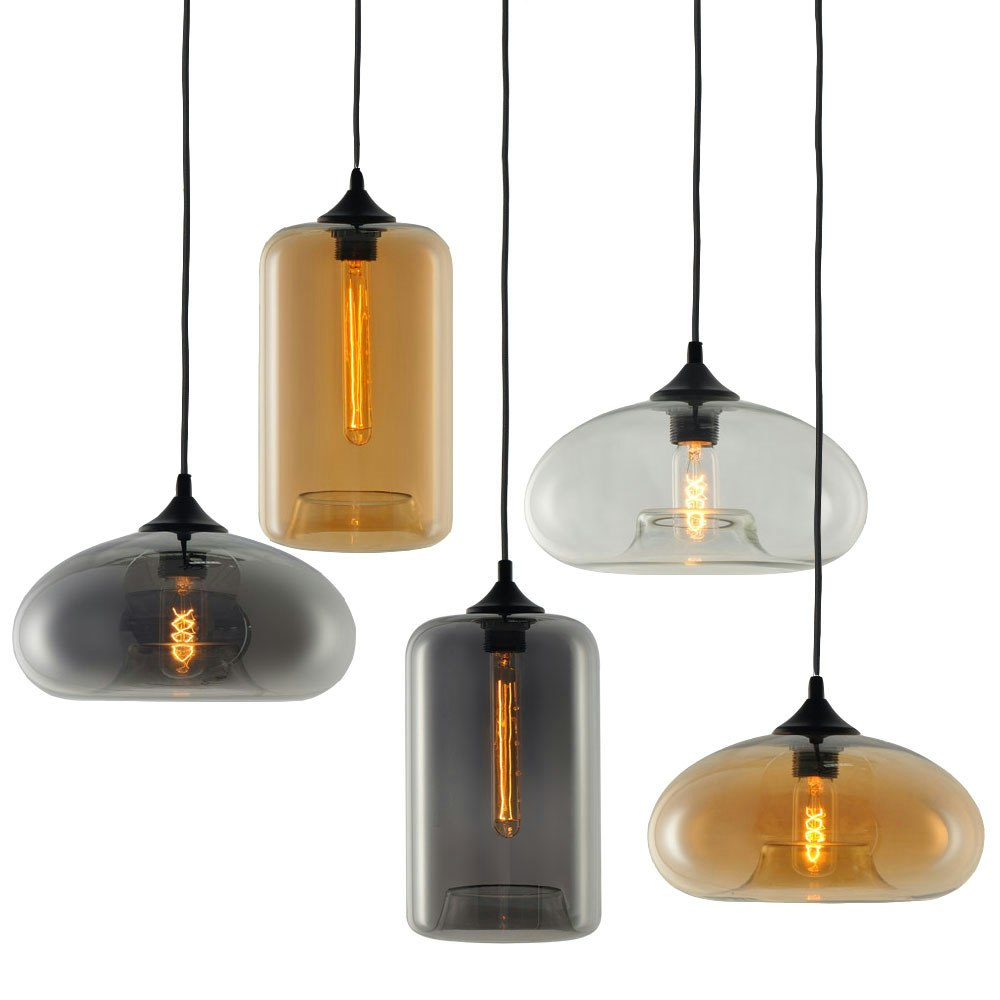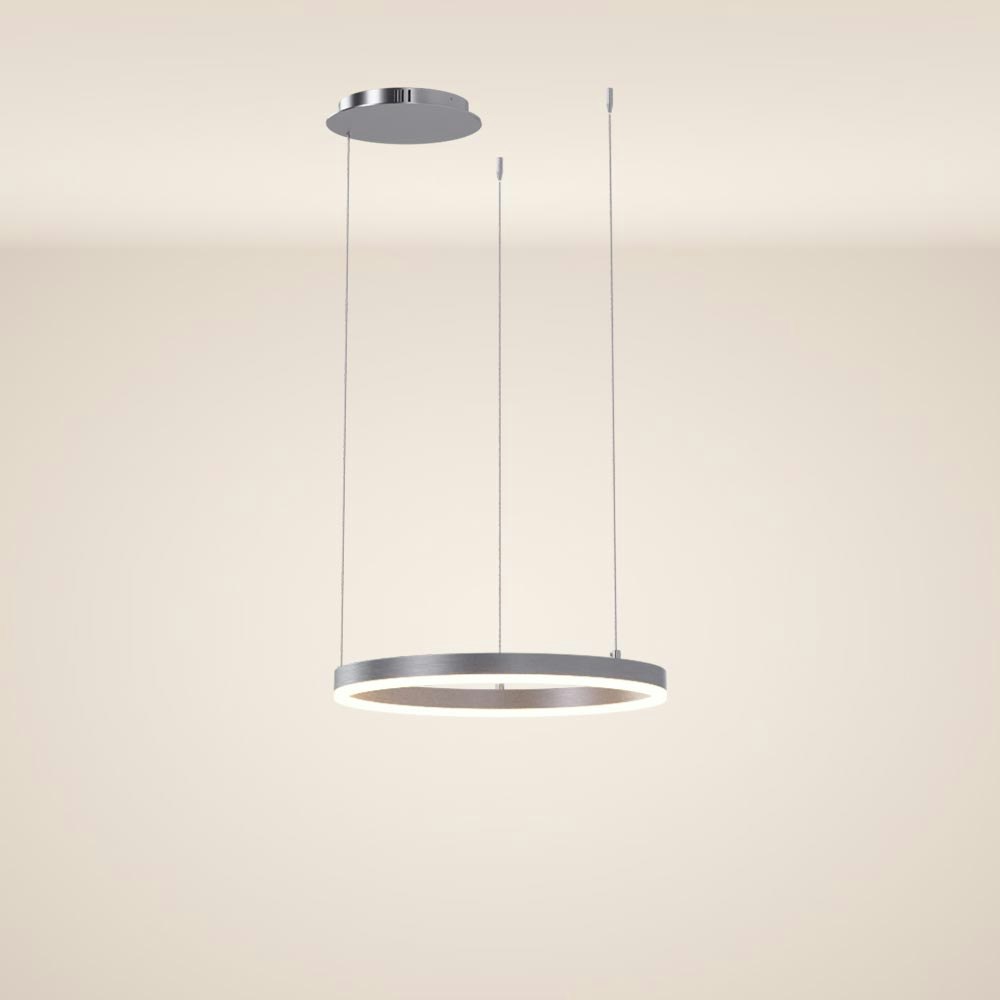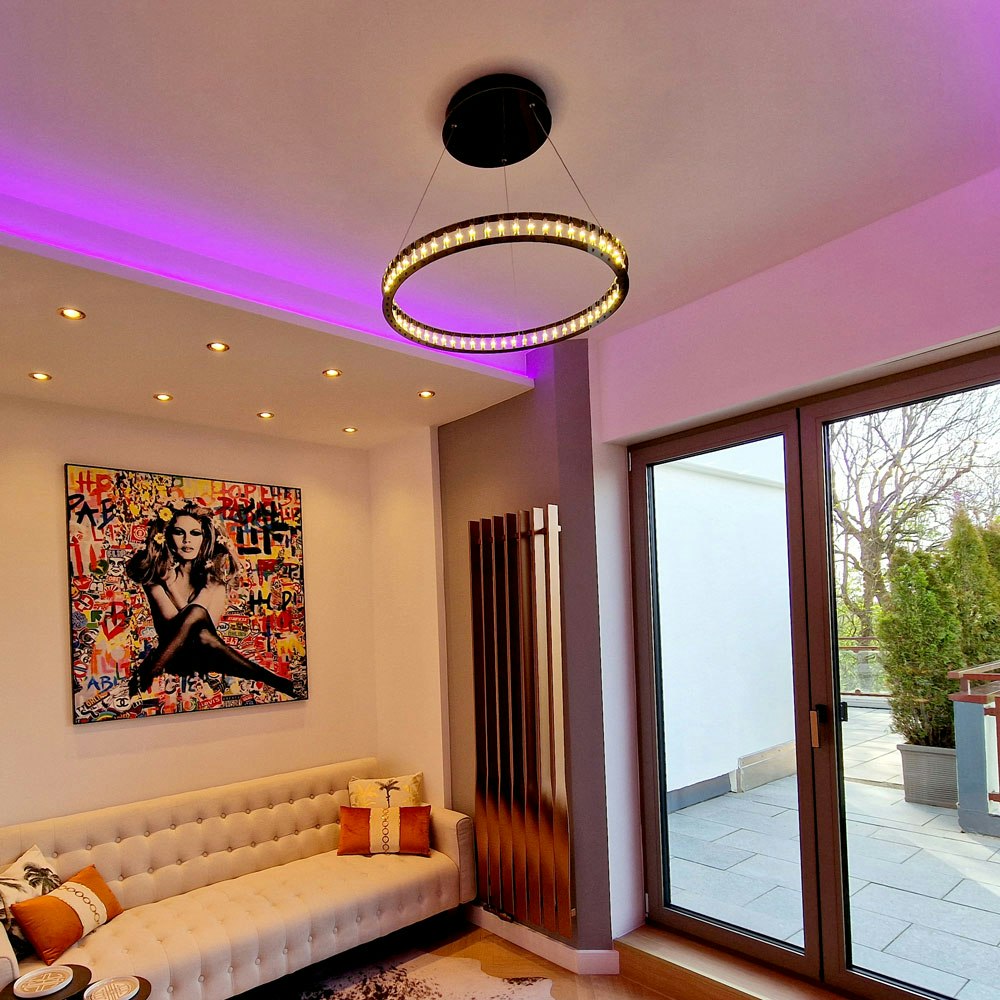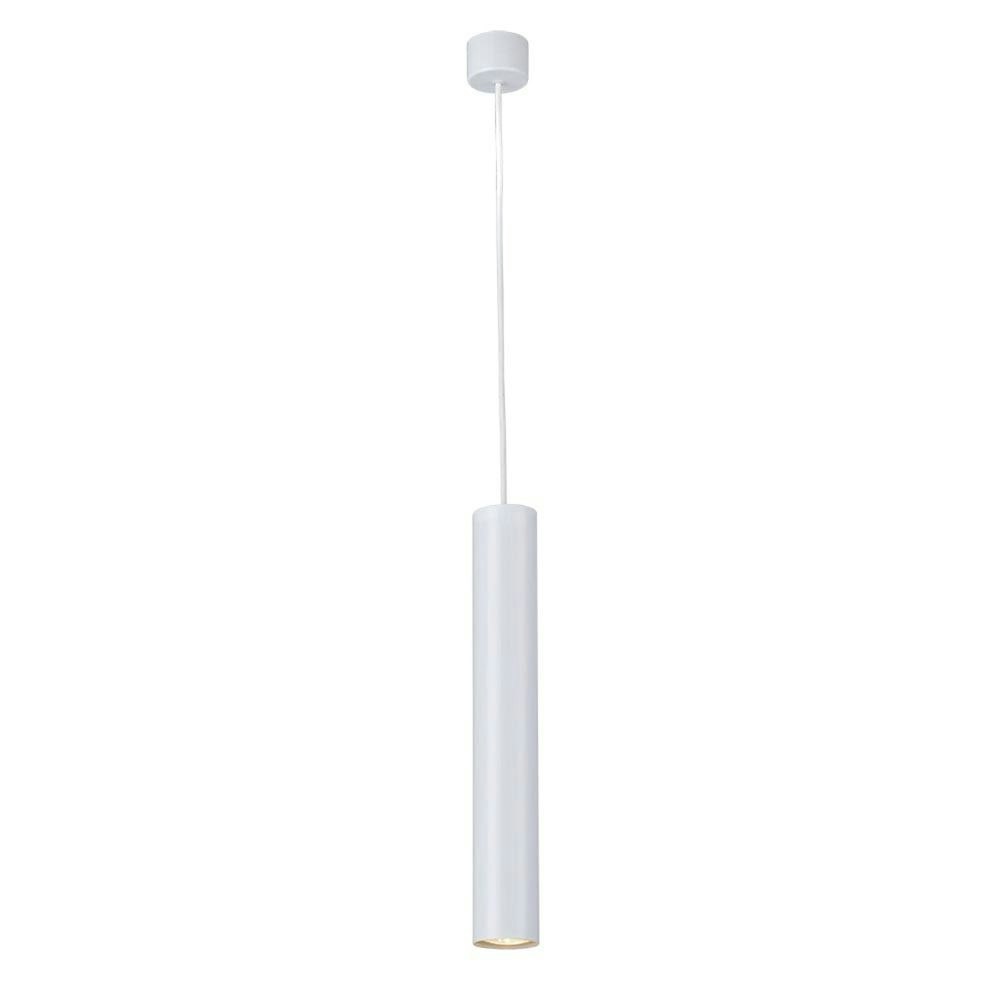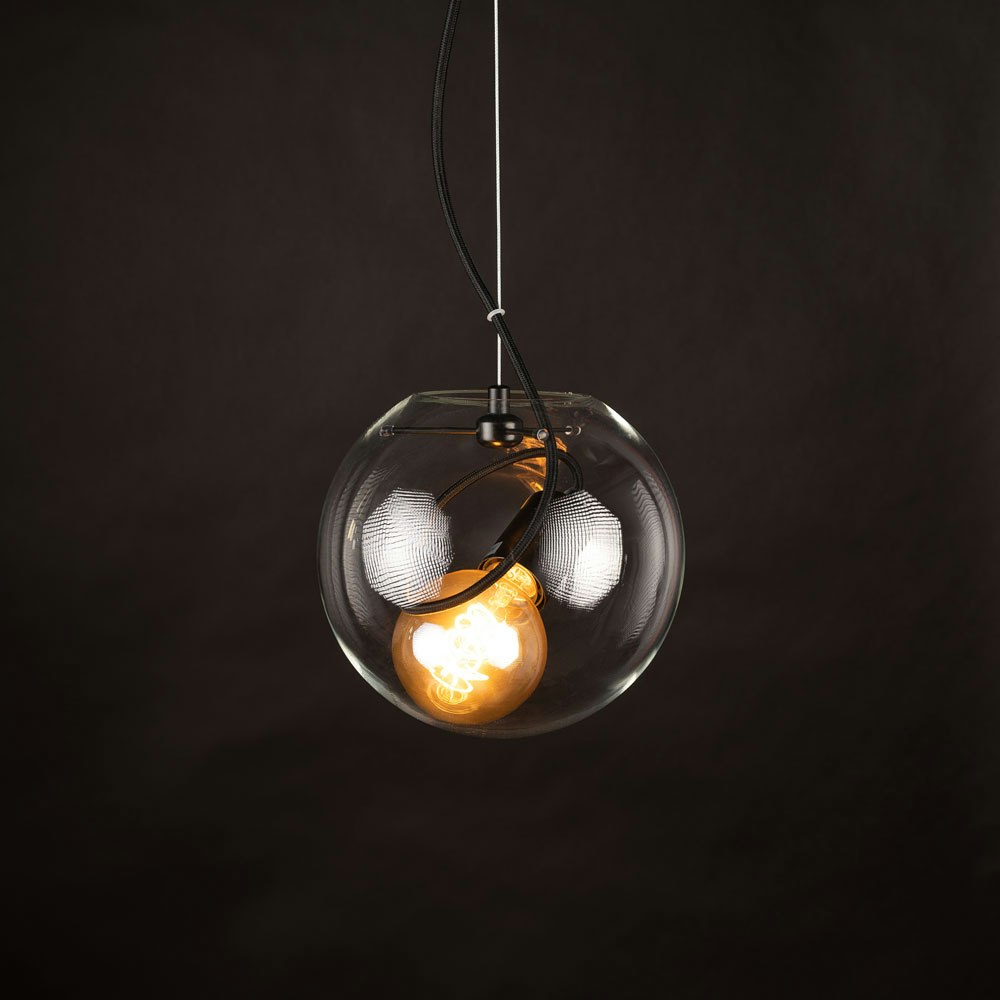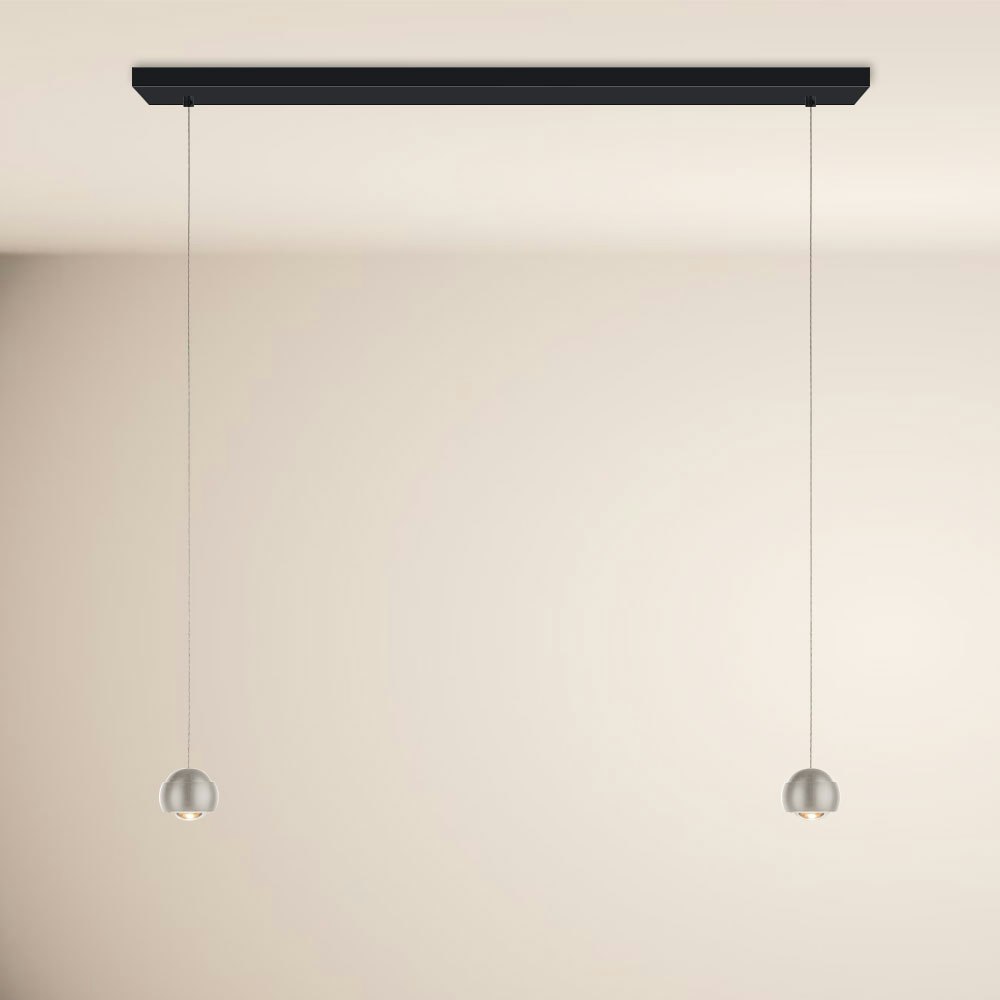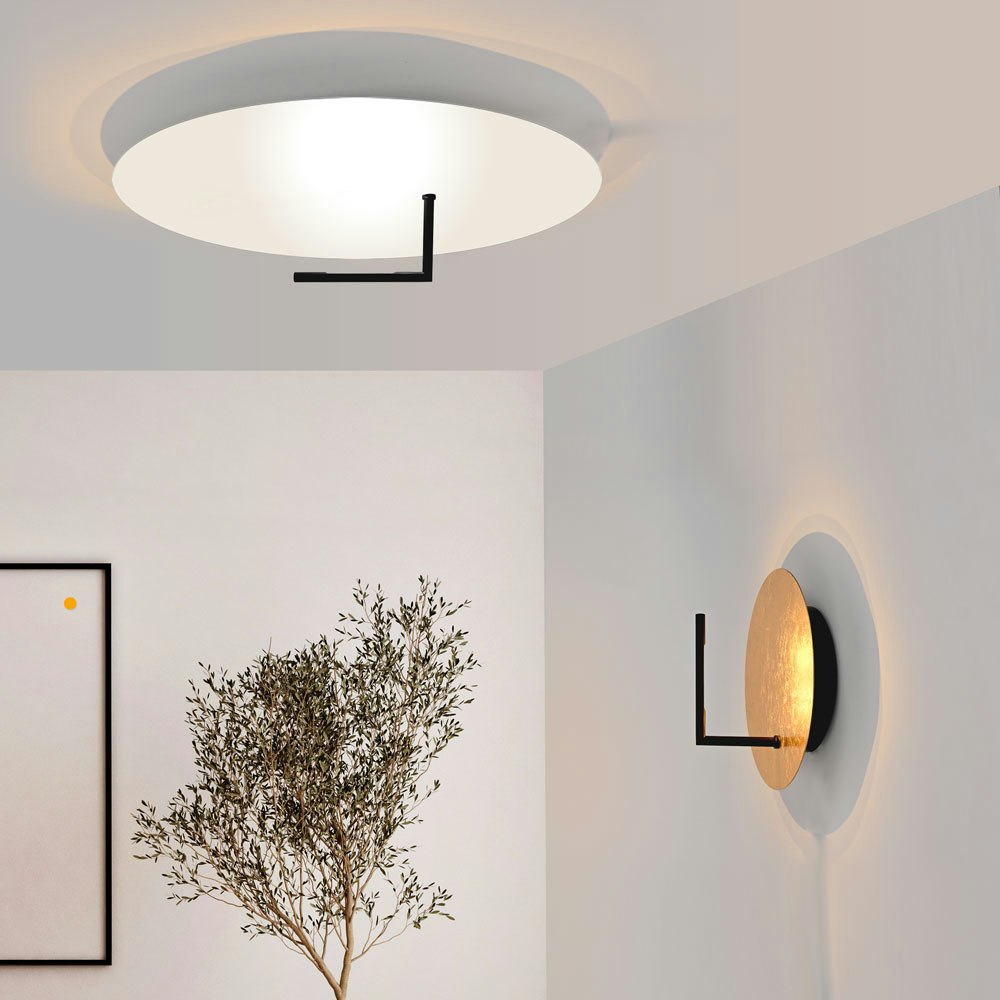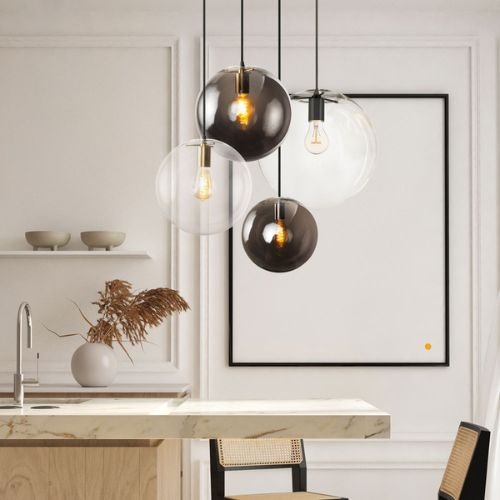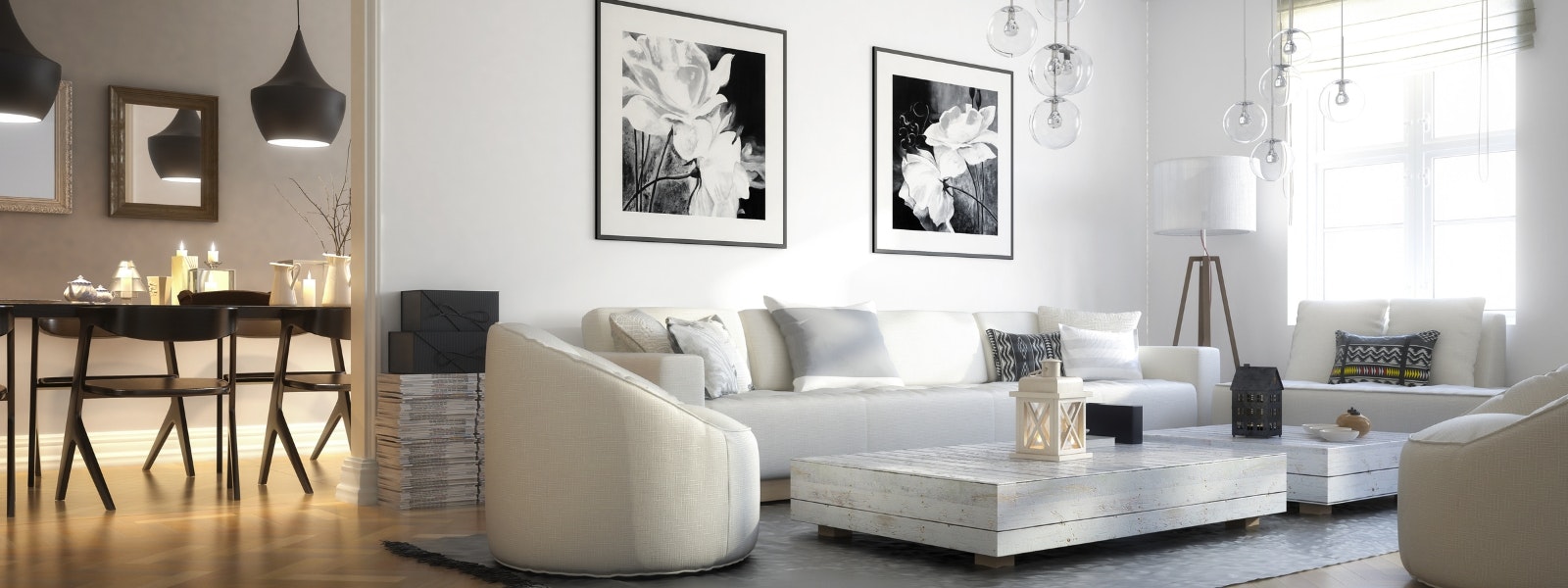
Lighting in low rooms: More sense of space through clever lighting design
Lighting techniques for low rooms
Before we get into the details of the different lighting options, you should be aware of the basics of lighting direction and how it affects the perception of space. Light can be used to highlight certain areas in a room and direct the eye in certain directions. In this regard, well-planned lighting can help make rooms with low ceilings appear higher and give them more depth.
Vertical lighting:
This technique is particularly effective in rooms with low ceilings. By illuminating the walls rather than the ceiling, the room is visually stretched. Wall lamps that shine both up and down are ideal to achieve the effect.
Indirect lighting:
Another option is to use indirect lighting. This involves directing the light onto reflective surfaces such as walls, ceilings or special mouldings, from where it is gently emitted into the room. Indirect lighting is particularly pleasant and can help make the room appear larger and more open.
Accent lighting:
This is used to highlight certain areas or elements in the room. For example, you can highlight artwork, shelves or other special features of your room. This draws the eye away from the low ceiling height and creates spatial depth.
Technical factors also play a decisive role in the choice of lighting. You will often come across the following terms:
Lumen (lm): This value indicates the brightness of a light source. The more lumens, the brighter the light. In a room with a low ceiling, you should be careful not to choose a light source that is too bright to avoid a harsh light.
Kelvin (K): Kelvin indicates the colour temperature of a light. Warm white light has about 2700 to 3000 K and creates a cosy atmosphere, while cool white light with 3300 to 5300 K is more reminiscent of daylight and has an activating effect. To visually stretch the ceiling height, warm white light is more recommended, which makes the room appear cosy and does not draw attention to the ceiling height.
Lux (lx): Lux is the unit for illuminance and indicates how much light reaches a certain surface. When planning the lighting in your room, you should ensure sufficient illuminance to light all areas well.
ColourRendering Index (CRI): The colour rendering index indicates how realistically colours are represented under a given light. A high CRI value (close to 100) means that the light renders colours very well. In living rooms, it is recommended to choose lamps with a high CRI value to create a pleasant atmosphere.
Lighting options
There are different types of luminaires that are suitable for rooms with low ceilings:
Recessed spotlights: These can be installed inconspicuously in the ceiling and do not take up any space in the room. They can be used for general lighting or for accent lighting by directing them to specific areas.
Wall luminaires: As already mentioned, wall luminaires are ideal for vertical lighting to visually stretch the room. They can be used for general lighting as well as for accent lighting.
Floor lamps and table lamps: They are not only practical but also an important design element. They can be used both to provide direct lighting for specific activities such as reading and to create indirect, atmospheric light.
Interim conclusion: A room with low ceilings is certainly a challenge, but can be optimally staged with clever lighting. By using vertical and indirect lighting as well as accent lighting, you can visually stretch the room and create a pleasant atmosphere. Technical factors such as lumens, Kelvin, lux and CRI are decisive for the selection of suitable light sources.
Indirect lighting in low rooms
Indirect lighting is a clever method that comes into its own especially in rooms with low ceilings. It can help to make a room appear larger and more inviting, drawing the focus away from the low ceiling and towards the actual room design. The principle of indirect lighting is that light is not directed directly into the room but onto surfaces such as walls, ceilings or special mouldings. From there, it is reflected and gently radiated into the room. This type of light has a particularly gentle and harmonious effect and contributes to a pleasant atmosphere. In rooms with low ceilings, indirect lighting can be used in various ways:
Ceiling lighting: One option is to install luminaires on the ceiling that direct their light onto the ceiling surface. The reflected light falls gently into the room and makes the ceiling appear higher.
Wall luminaires: Another option is wall luminaires that emit their light upwards and downwards. Illuminating the wall creates a vertical column of light that visually stretches the room.
LED strips and light coves: Impressive lighting effects can be achieved by using LED strips or special coves of light. The light strips can be installed along ceiling edges or behind furniture, for example, to create indirect light.
Indirect lighting in general
Indirect lighting is a great option not only in rooms with low ceilings but can be used in almost any room to create a pleasant and inviting atmosphere. It often has a more subtle and natural effect than direct lighting because it does not cast harsh shadows and illuminates the room evenly. In addition to improving the perception of space, indirect lighting has other advantages. It is often easier on the eyes because it creates less glare and a smooth transition between light and dark areas.
In addition, it can help to highlight special features of a room or make undesirable areas fade into the background. Conclusion: Indirect lighting is an effective design element that creates a pleasant atmosphere in rooms with low ceilings and beyond and improves the perception of space. With careful planning and selection of illuminants, it can become a real highlight in any room.
Pendant luminaires in low rooms
Height adjustment: Make sure that the pendant luminaire is height-adjustable so that you can set it to exactly the right height. It should not hang too low so as not to obstruct the passageway or visually reduce the ceiling height.
Placement: Place the pendant light above areas where the passage height is less relevant, such as above a dining table or coffee table. Here they can structure the room without interfering.
Luminaire design: Choose a pendant luminaire with an open, airy design. Heavy, massive luminaires can stifle the room, while luminaires with a light, transparent design make the room look open and spacious.
Light distribution: A pendant luminaire with a wide light distribution can help to illuminate the room evenly and avoid dark corners.
Combination with other light sources: Don't rely on just one pendant luminaire. Combine it with other light sources, such as recessed spotlights, wall lights or table lamps, to create a balanced, harmonious lighting picture.
Conclusion - This is how you do everything right!
Lighting plays an essential role in room design and, especially in rooms with low ceilings, can help to visually stretch the room and create a pleasant atmosphere. By using techniques such as indirect and vertical lighting and the targeted use of different luminaires and light sources, the room can be cast in a new light.
Even the use of pendant luminaires can succeed in low rooms if certain factors are taken into account. So, don't be limited by a low ceiling height, but use light as your tool to design your space and give it depth and character.
If you are still undecided about how to implement lighting in your home, why not make an appointment with the lighting designers at Skapetze for a personal consultation and the development of an individual lighting concept ?
You are also welcome to visit us on site in Simbach am Inn at , Bavaria's largest lighting studio .
If you already have a concrete idea of what your individual lighting should look like, we can help you turn this idea into reality - our in-house workshop makes it possible.












